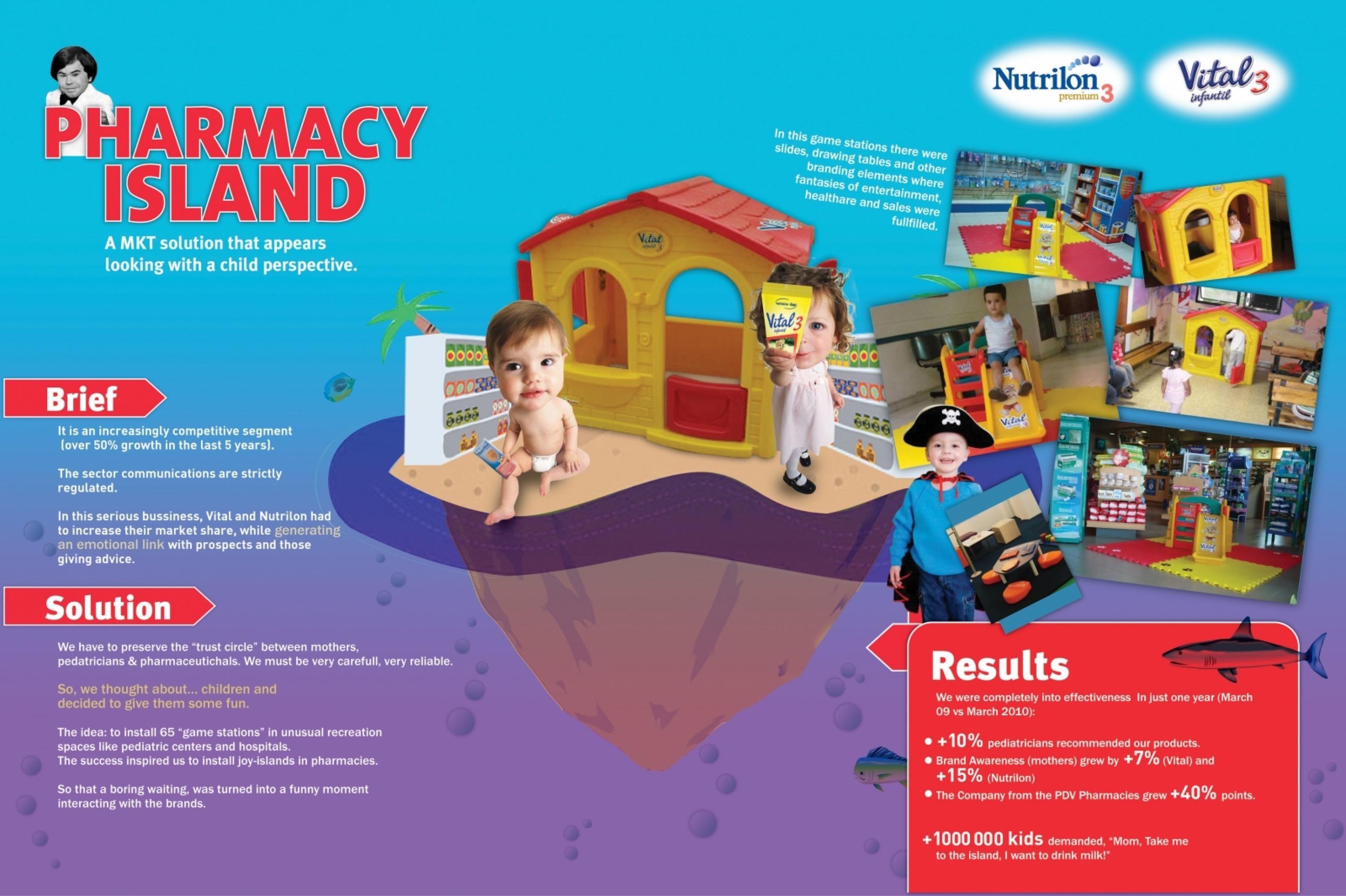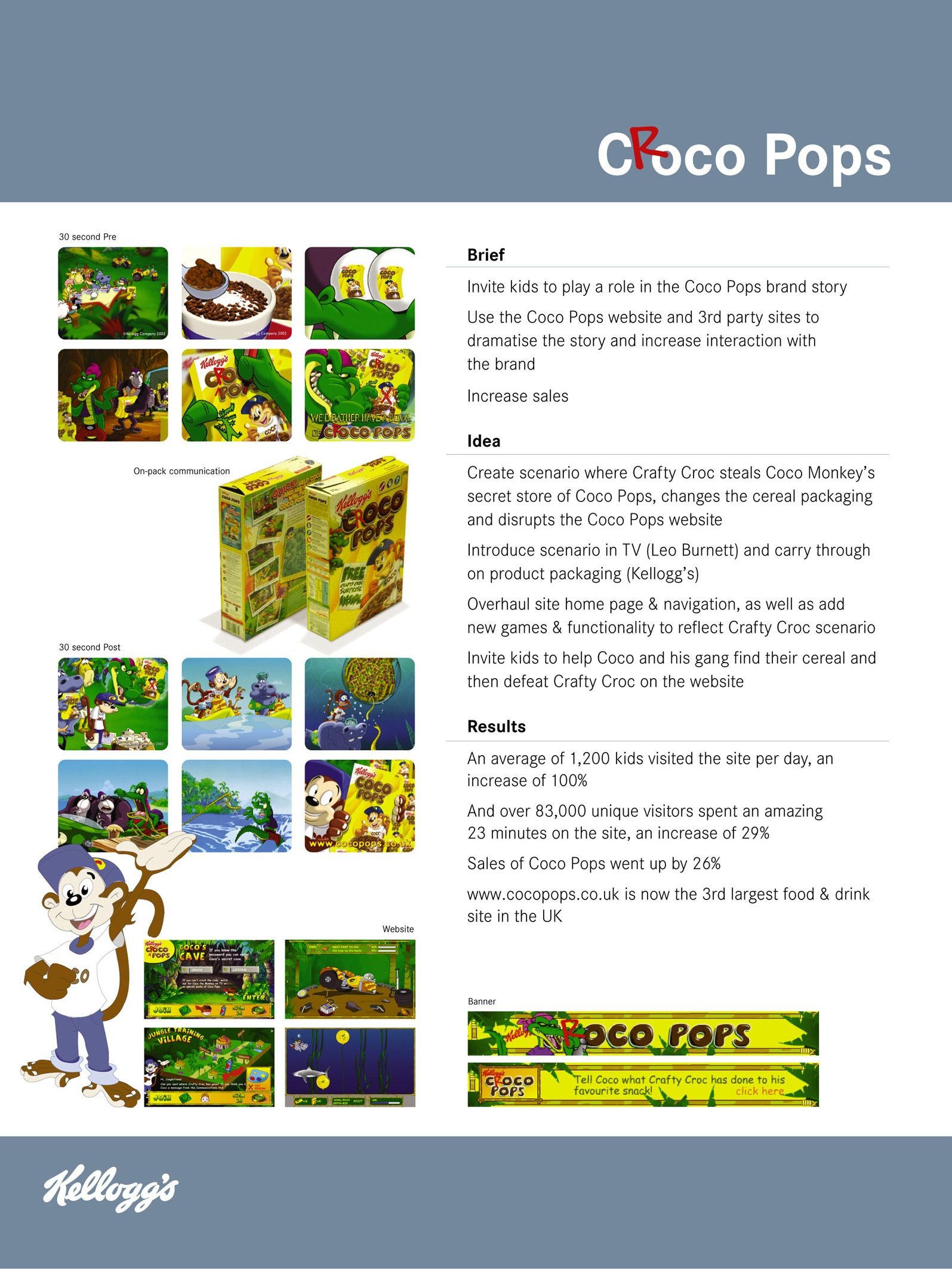Cannes Lions
The "Yes or No" Bot
DIGITAS, Buenos Aires / MONDELEZ INTERNATIONAL / 2021

Overview
Entries
Credits
Overview
Background
Playing as a way to bond.
In 2020, parents had more time to spend at home with their kids than ever.
This novel situation gave Oreo the chance to fulfill their brand purpose, “for families to bond through playing” integrating the iconic “splitting, tasting, sticking, and dipping” ritual.
Though people initially enjoyed it, the pandemic led to its own boring routine, and families started running out of ways to keep kids entertained.
We developed an integrated campaign to introduce the Brand’s new positioning “Never Stop Playing”, along with an experience that helped us make sure parents and children kept bonding through games.
Idea
We brought back the good old Don't Say Yes or No game, except that in Argentina, you aren’t allowed to say “black” or “white” either. This made it the perfect game to play while dipping Oreos in milk.
To make it more appealing to children, we used AI to develop the first Don't Say Yes or No bot.
Strategy
There’s a global online trend of bringing back classic games, which fits in perfectly with the opportunity the pandemic offered us to reconnect with our children.
Games kids’ parents played in their own childhoods are now making a revival –
from giant jigsaw puzzles and family domino tournaments, to all kinds of card games.
But like every trend, it didn’t last as long as it seemed it would and after a while, parents were out of games to play with their kids.
So we decided to take the iconic Don't Say Yes or No game and create an innovative interactive digital experience families could play on mobile devices.
Execution
The online bot was capable of making questions and validating the answers players spoke into their microphones. The system needed a big enough database to make different questions every round, so we integrated over 1,500 funny and tricky questions.
The game began and players had 5 seconds answer questions without saying “yes”, “no”, “black”, or “white”. The voice-to text API transformed the answers to text and an AI algorithm checked whether they were acceptable. There was a scoring system built into the web app, and the fastest playing families got Oreo boxes delivered to their homes.
The user behavior stored on Firebase, Google’s database, in real-time included:
• Questions
• (hashed) E-mail address
• Names
• Score
• City
• Mobile device
The Data Scientist team took this data and used it to segment the public based on behaviour, for future impacts on digital media.
Outcome
The game was online at www.nisinino.com.ar for 3 months in 2020, from August to December. More than 600,000 families played, and those who got the highest scores during those 12 weeks were awarded boxes of Oreo, which they received at home.
+ 65 MM impressions
+ 600k families played the game
+ 22% sales (Oreo’s 3-year goal)
+ 3.57 market share
+ 450k families began to purchase Oreo
The development was considered one of the Developments of the Year by Think With Google.
Similar Campaigns
12 items





